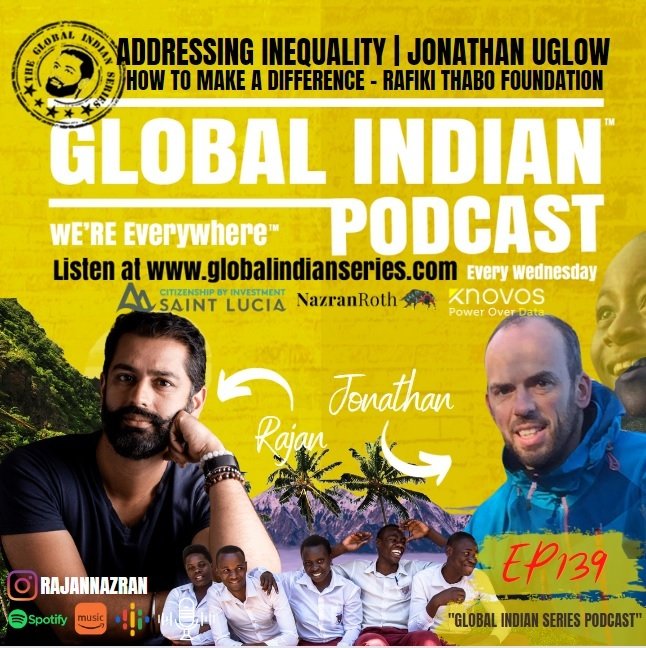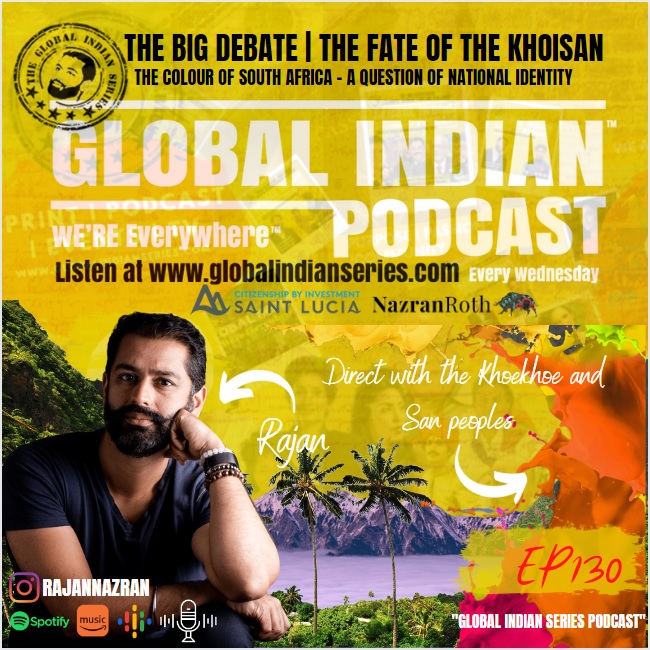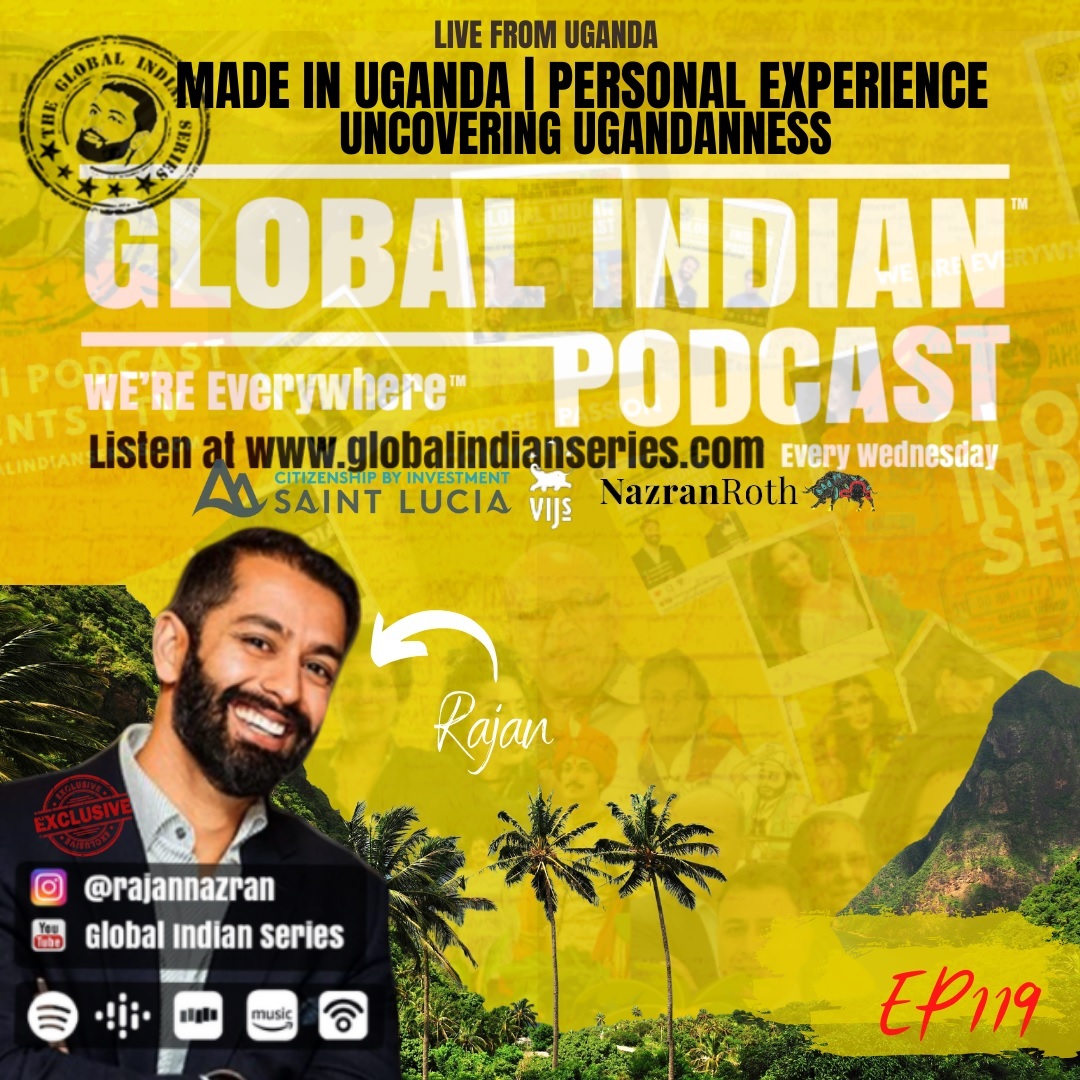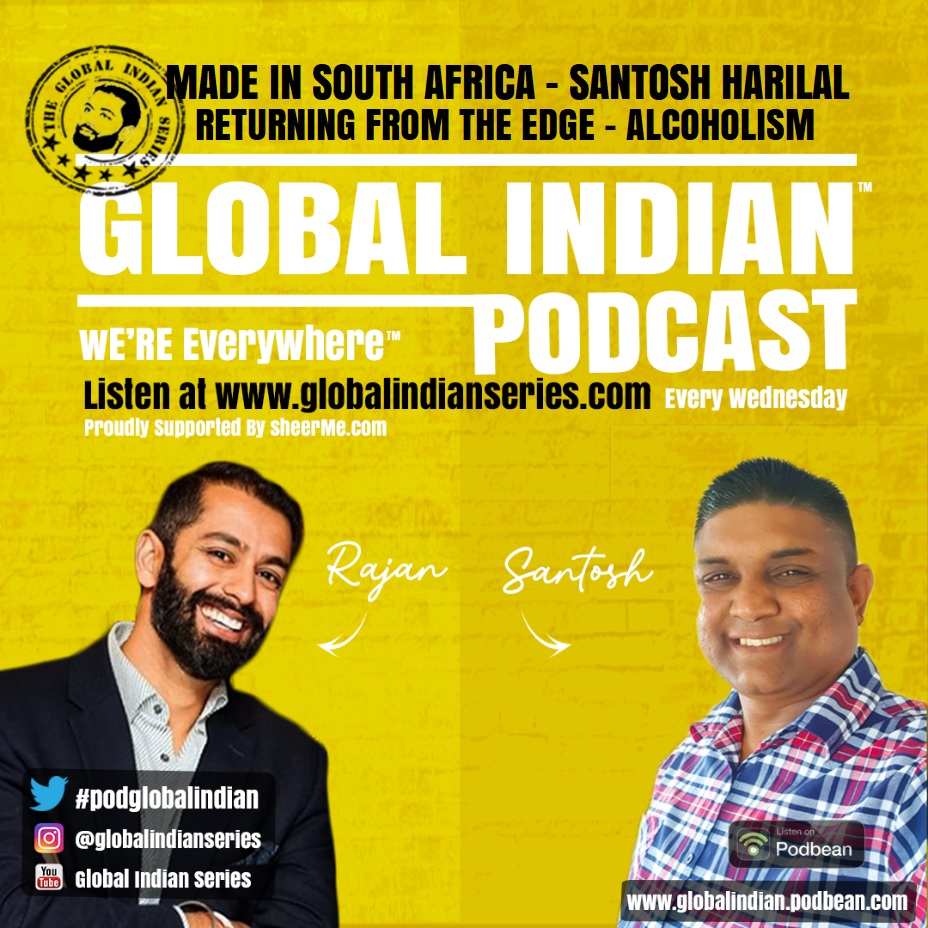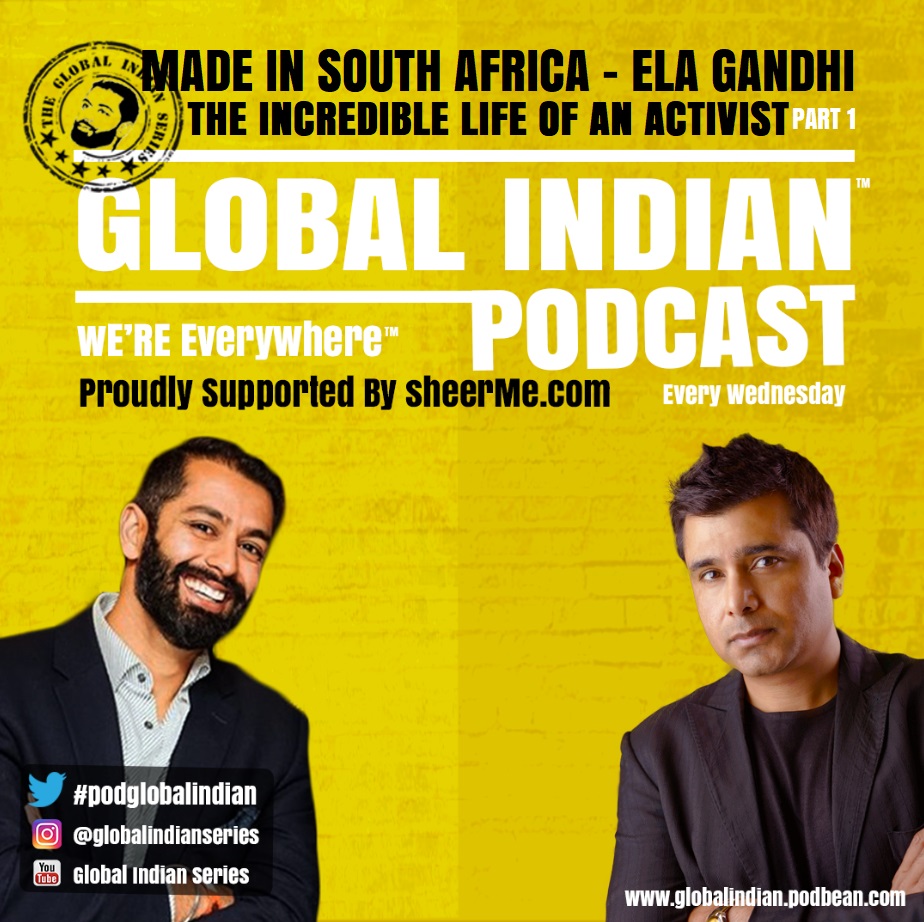Africa is a playground for all ages. There’s the Sahara Desert, River Nile, Serengeti, pyramids, camels, white rhino, shark diving, dictators, eucalyptus forests, coral reefs and...Indians! The second largest continent in the world, Africa has had relations with India for over 3000 years and is currently home to over 3 million people of Indian origin. Of the 54 countries, Indians live in at least 46! The majority live in South East Africa with significant populations in South Africa, Kenya, Uganda, Madagascar, Mauritius, Malawi, Mozambique, Rwanda, Seychelles, Zambia and Zimbabwe. In the North, there are communities in Algeria, Egypt, Libya, Morocco, Sudan and Tunisia. To the West in Benin, Burkina Faso, Cape Verde, Côte D'Ivoire, Gambia, Ghana, Guinea, Guinea-Bissau, Liberia, Mauritania, Niger, Nigeria, Senegal, Sierra Leone and Togo. There are also small communities in Angola, Botswana, Cameroon, Central African Republic, Chad, Democratic Republic of Congo, Equatorial Guinea, Ethiopia, Guinea, Gabon, Lesotho, Namibia, São Tomé & Principe and Solomon Islands. The earliest accounts of the Indian presence on the eastern coast of Africa are found in the Periplus of the Erythaean Sea, written in the first century AD by an anonymous author. Through this and other writings, it is evident that Indian merchants had been plying their trade through the Indian Ocean since the days of ancient Babylon, and had even established trading posts along the coast of East Africa. The major wave of migration into Africa by Indians came as a result of colonisation. Indians were forced and taken as indentured workers to colonial empires in the nineteenth and early twentieth century as a result of bondage of debt and sent to labour at plantations, most of them sugar. Each country however, has its own unique reasons as to how Indians arrived. Join us as we discover, celebrate and learn more about who we have become. Our Global Indian Africa journey has begun.




